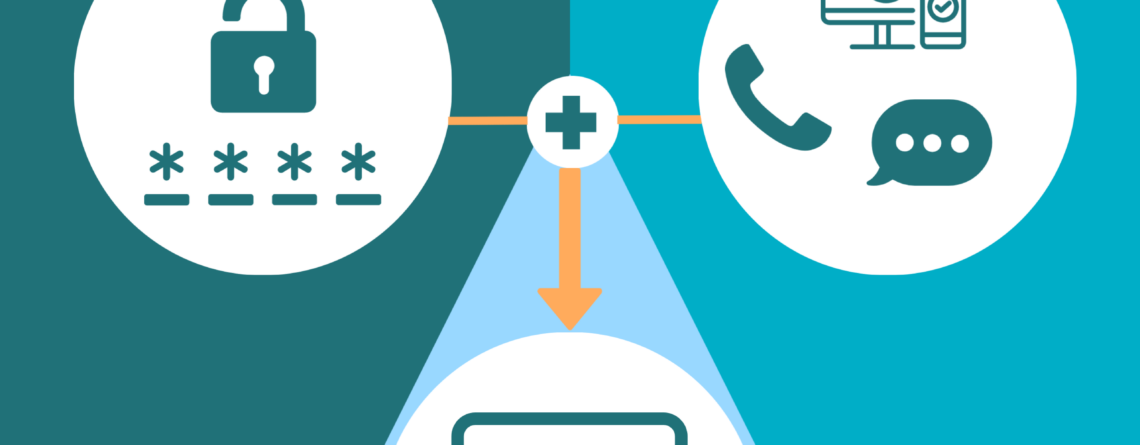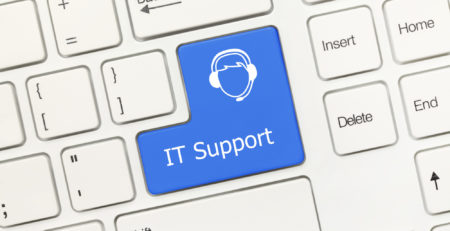Implementing Multi-factor Authentication (MFA)
In the current digital landscape, safeguarding sensitive data is of utmost importance. One of the most effective ways to enhance security is through multi-factor authentication (MFA). MFA involves the use of two or more independent credentials: what the user knows (password), what the user has (security token), and what the user is (biometric verification). Here are some best practices for implementing MFA effectively:
1. Understand the Different Factors
The first step in implementing MFA is understanding the different factors involved. The three main types of authentication factors are knowledge (something you know), possession (something you have), and inherence (something you are). Knowledge factors include passwords and PINs. Possession factors include mobile devices, smart cards, and security tokens. Inherence factors include biometrics like fingerprints, facial recognition, and voice patterns. Understanding these factors will help you choose the right combination of factors for your business.
2. Use a Layered Approach
Don’t rely on just one type of authentication. Use a combination of knowledge, possession, and inherence factors to ensure maximum security. This layered approach makes it much harder for unauthorized individuals to gain access to your systems. Even if one factor is compromised, the other factors provide additional layers of protection.
3. Educate Users
User education is a crucial part of implementing MFA. Ensure that users understand its importance, how it works, and how to use it. This can help increase user acceptance and reduce resistance to MFA. Provide training sessions, create user guides, and offer ongoing support to help users get comfortable with MFA.
4. Regularly Update and Adapt
As technology evolves, so do threats. Regularly update and adapt your strategy to stay ahead of potential security risks. This might involve adopting new types of authentication factors, updating your user education materials, or changing your MFA policies.
5. Balance Security and Usability
While security is important, it’s also crucial to ensure that MFA doesn’t hinder usability. If it is too complicated or time-consuming, users may try to bypass it or become frustrated, which can lead to decreased security. Striking the right balance between security and usability can encourage user adoption and ensure that MFA enhances security without negatively impacting user experience.
6. Test Regularly
Regular testing is an important part of maintaining an effective strategy. Conduct regular tests to ensure that your MFA system is working correctly and effectively. Testing can help identify any issues or vulnerabilities, allowing you to address them promptly.
7. Plan for Lost Factors
It’s important to have a plan in place for situations where users lose their authentication factors, such as losing a security token or forgetting a password. This plan might involve alternative authentication methods, temporary access codes, or a secure process for verifying the user’s identity.
Implementing MFA is a crucial step in enhancing your business’s security. By following these best practices, you can implement MFA effectively, protecting your systems and data from unauthorized access.










Leave a Reply